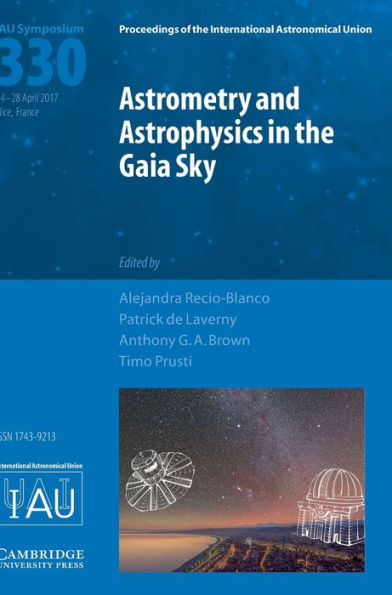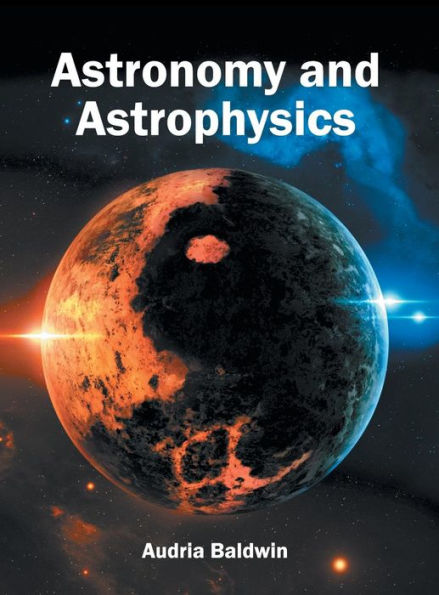Home
Polycyclic Aromatic Hydrocarbons and Astrophysics
Barnes and Noble
Loading Inventory...
Polycyclic Aromatic Hydrocarbons and Astrophysics in Franklin, TN
Current price: $219.99

Barnes and Noble
Polycyclic Aromatic Hydrocarbons and Astrophysics in Franklin, TN
Current price: $219.99
Loading Inventory...
Size: OS
The near Infra-Red emission of the Interstellar Medium is a very puzzling subject. In the brightest regions, where spectroscopic observations are possible from the ground, several bands (3.3 - 3.4 - 6.2 - 7.7 - 8.6 - 11.3 ~m) have been observed since 1973. The absence of satisfying explanation was so obvious that they were called "Unidentified IR Emission Bands". The puzzle still increased when were known the first results of the general IR sky survey made by the satellite IRAS. On a large scale, the near IR emission of the Interstellar medium was expected to be very small but it was observed to be about one third of the total IR emission for our own galaxy ..• The situation has moved in 1984 when it was suggested that a class of stable organic molecules, the Polycyclic Aromatic Hydrocarbons (PAH's) could be at the origin of this near IR emission. Initially based on the required refractory character of particules that should be heated to high temperature without subliming, this hypothesis leads to a suggestive spectroscopic similarity with the observed astronomical bands. This hypothesis is attractive and it has many implications, for ins tance, the PAHs would be the most abundant organic molecules in the universe. However, many points have to be clarified and the different consequences of this suggestion should be explored.
The near Infra-Red emission of the Interstellar Medium is a very puzzling subject. In the brightest regions, where spectroscopic observations are possible from the ground, several bands (3.3 - 3.4 - 6.2 - 7.7 - 8.6 - 11.3 ~m) have been observed since 1973. The absence of satisfying explanation was so obvious that they were called "Unidentified IR Emission Bands". The puzzle still increased when were known the first results of the general IR sky survey made by the satellite IRAS. On a large scale, the near IR emission of the Interstellar medium was expected to be very small but it was observed to be about one third of the total IR emission for our own galaxy ..• The situation has moved in 1984 when it was suggested that a class of stable organic molecules, the Polycyclic Aromatic Hydrocarbons (PAH's) could be at the origin of this near IR emission. Initially based on the required refractory character of particules that should be heated to high temperature without subliming, this hypothesis leads to a suggestive spectroscopic similarity with the observed astronomical bands. This hypothesis is attractive and it has many implications, for ins tance, the PAHs would be the most abundant organic molecules in the universe. However, many points have to be clarified and the different consequences of this suggestion should be explored.

















